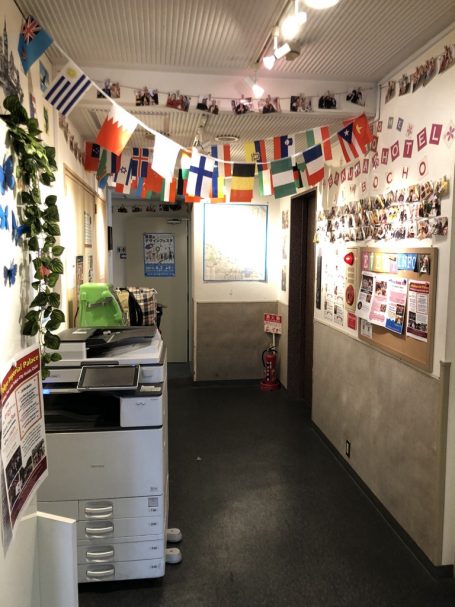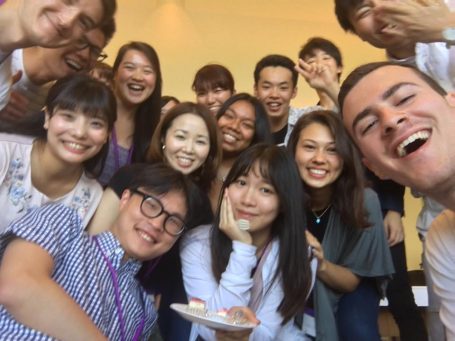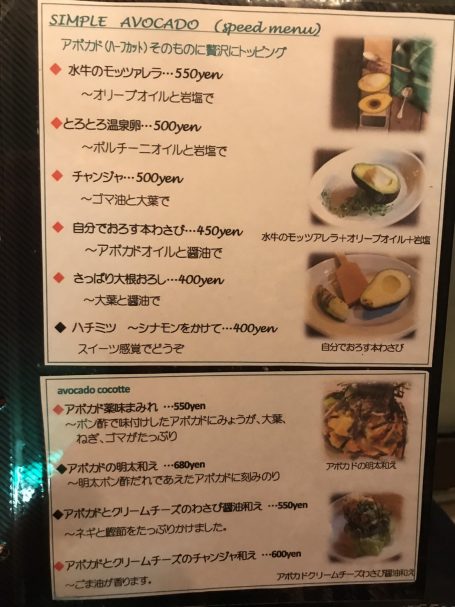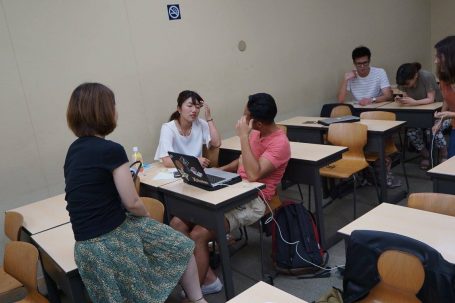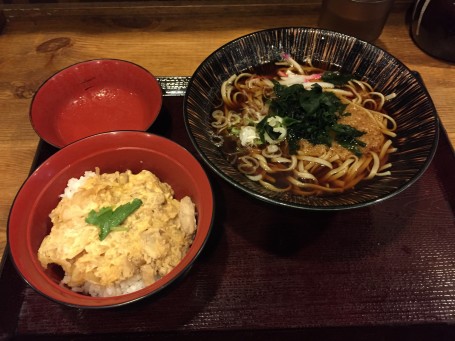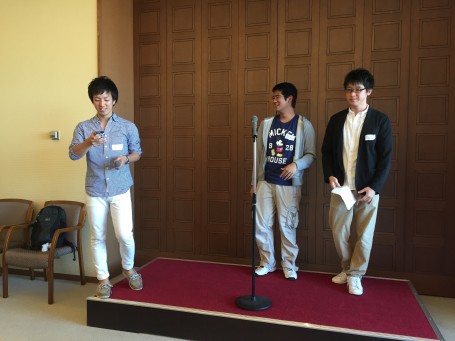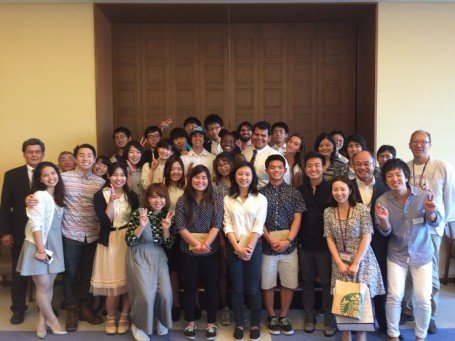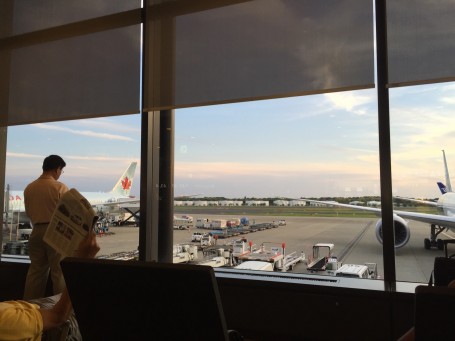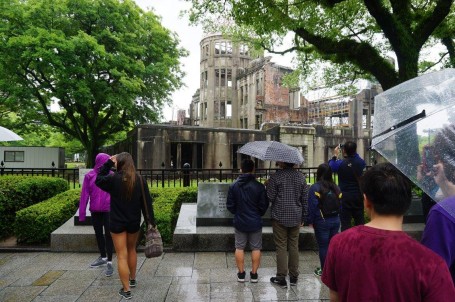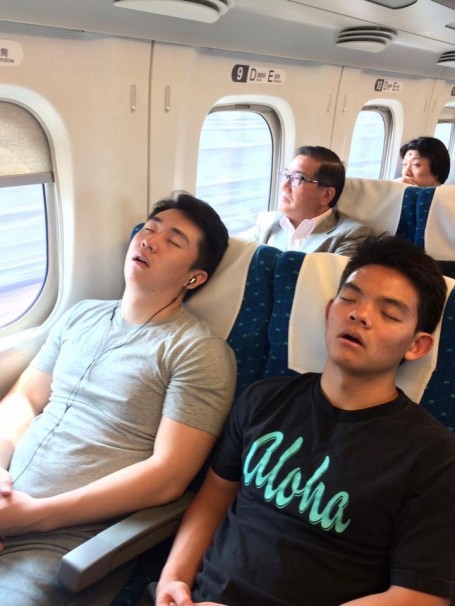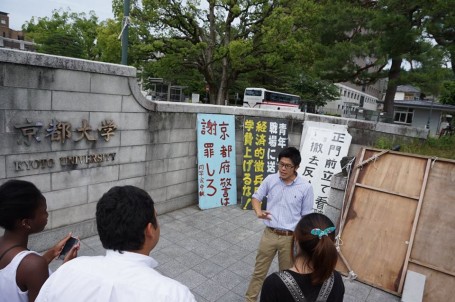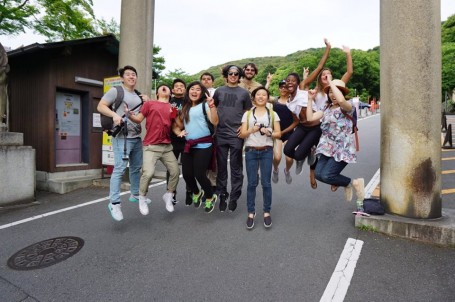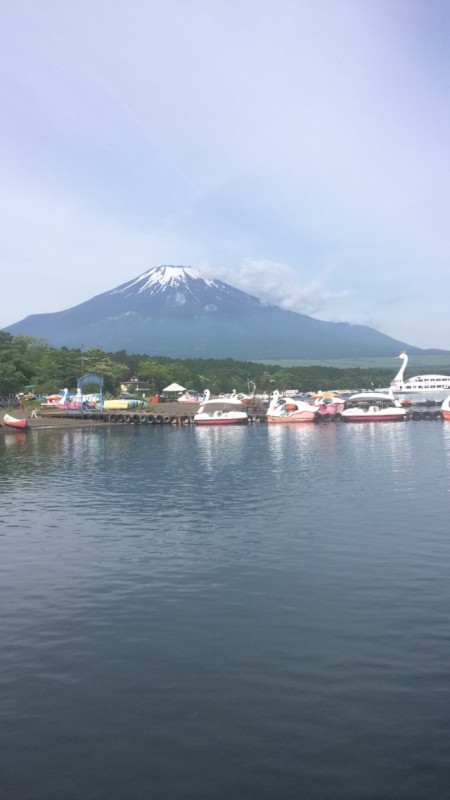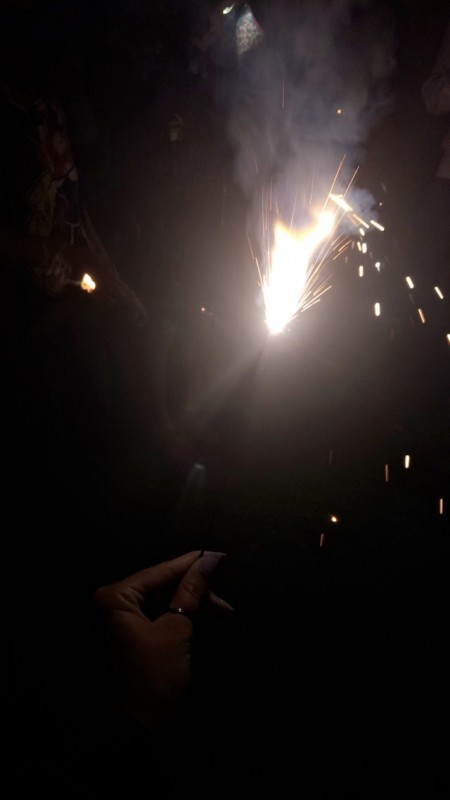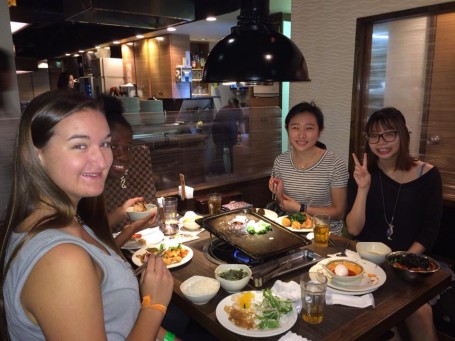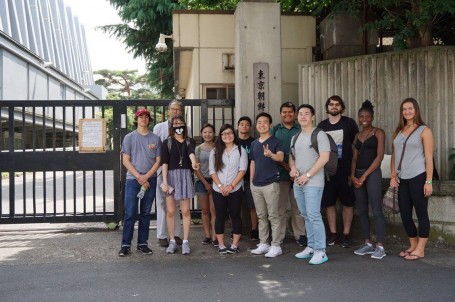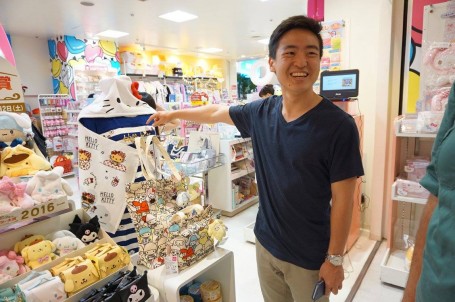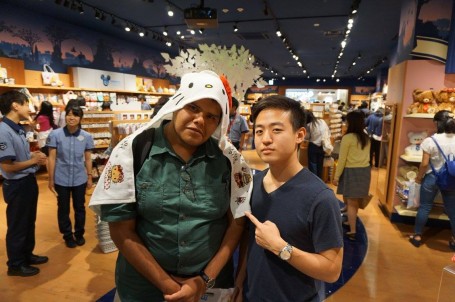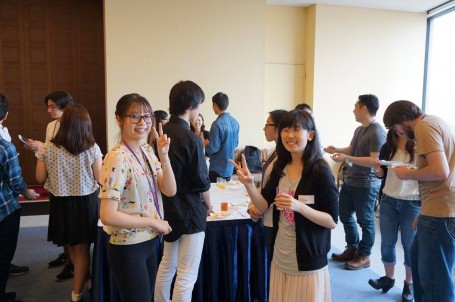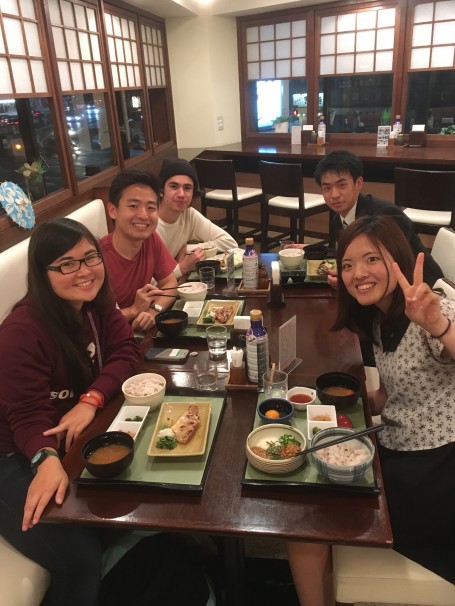By: Joseph Narcisse
On the morning of Friday, May 25th, each member of the group grabbed a few slices of toast and a cup of coffee and were on their way to Tokyo Station. It would be our first time riding the Shinkansen (Bullet Train). Once all boarded, we placed our bags above our reserved seats and embarked on a 2-hour train ride, zooming by famous peaks like Mount Fuji on the way.
After a quick ride that consisted of binge-watching TV shows, reading, and sleeping, we finally arrived at Kyoto Station! It was by far one of the most amazing train stations I have ever been to. The station was filled with up-to-date technology, modern architecture and held a dozen train tracks as well as hundreds of shops and restaurants.
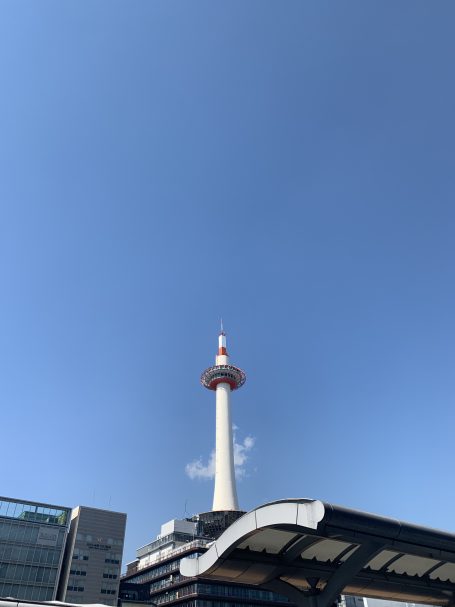
Kyoto Station
After dropping our luggage off at Ibis Styles Kyoto Station (the hotel where we would be staying for the next two days), we headed right back across the street to Kyoto Station to grab lunch. The group split in two and aimlessly wandered around to find a restaurant. The group of 6 that I was with found Katsukura, a Japanese restaurant, and I ordered a plate of Tonkatsu.
Next, we went upstairs to the train tracks headed over to Fushimi Inari Taisha, commonly known as the Fushimi Shrine. This shrine sits at the base of a Mount Inari, and consists of a magical, seemingly unending path of over 5000 orange torii gates that wind up the mountain. I bowed before entering under the first torii gate – it is said that walking underneath them brings good luck! We then washed our hands at a chōzubachi, and water-filled basin just past the entrance of the shrine area. Worshippers are supposed to wash their left hand, then right, then mouth, and lastly the handle of the water ladle to purify themselves. Next, we began the hike up Mount Inari!
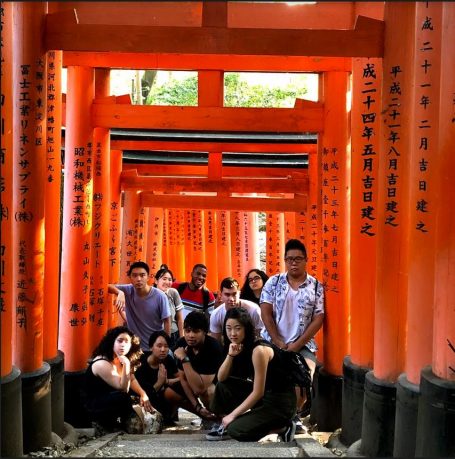
GEA Japan Scholars posting beneath the torii gates.
It typically takes about 2 hours to make it to the top of the shrine, but just a hair over 3 hours if you take as many Instagram photos as we did. We passed what felt like an infinite amount of torii gates, both large and small, and hundreds of mini-shrines where we would ring bells signifying good luck, pray, and leave written pieces of our goals and wishes on small pieces of wood. At one of these shrines, we followed a ritual where we tossed a 5 yen coin (approximately a US nickel), into a barred area followed by two bows, a prayer or wish, and one final bow. At another, we estimated the weight of a stone before lifting it off of a pedestal, and if the stone was lighter than we predicted, the wish we made before was believed to come true.
We then headed back down to the base of the mountain and stopped by a food marketplace on our way. I tried matcha ice cream for the first time and grabbed a half-vanilla half-matcha desert that was fantastic. Afterward, we caught the bullet train back to Kyoto and got ready for dinner.
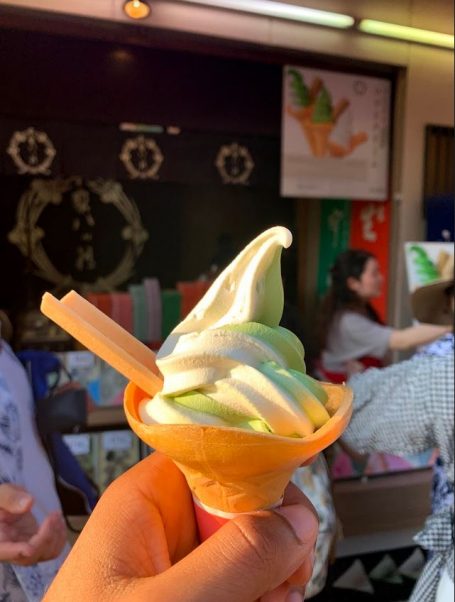
Vanilla & Matcha Ice Cream
For dinner, a group of us walked roughly a mile from the hotel to Sujin Shinmachi, a food-marketplace that was brimming with life. Everybody got an entirely different dish; the plates ranged from cooked sausage and rice to kushiage (vegetable skewers). I bought a bowl of sweet chicken with noodles and had a ginger-ale on the side. To finish up the night, we sat and talked for a few hours, then head back to the hotel to get ready for the morning.
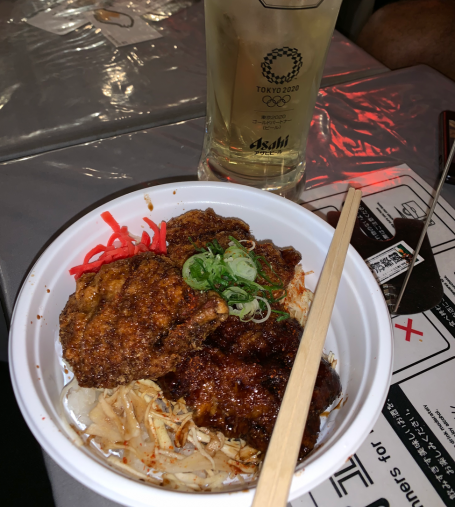
My dinner at Sujin Shinmachi: sweet chicken with noodles and a ginger-ale on the side.

